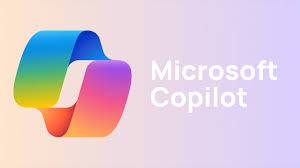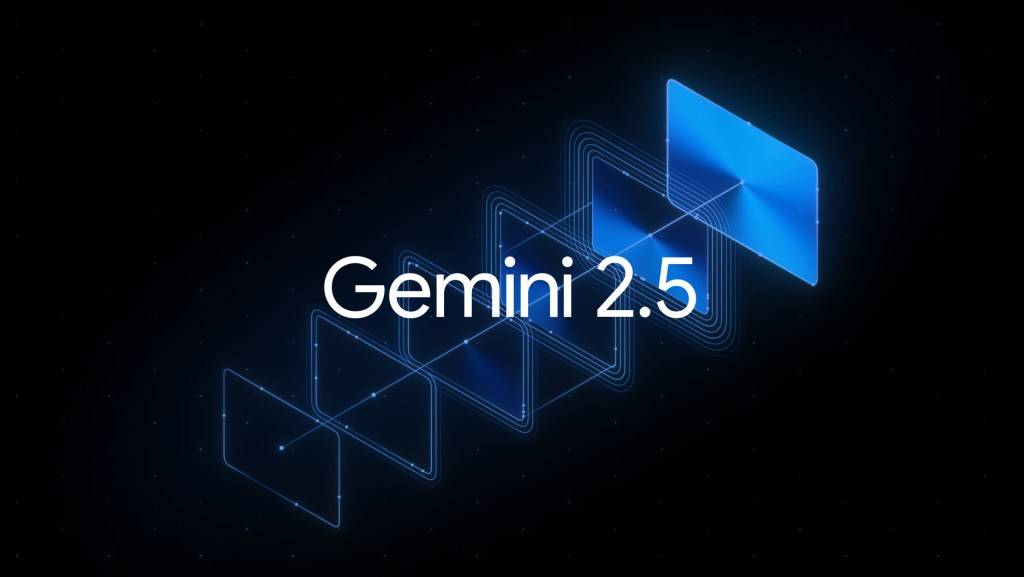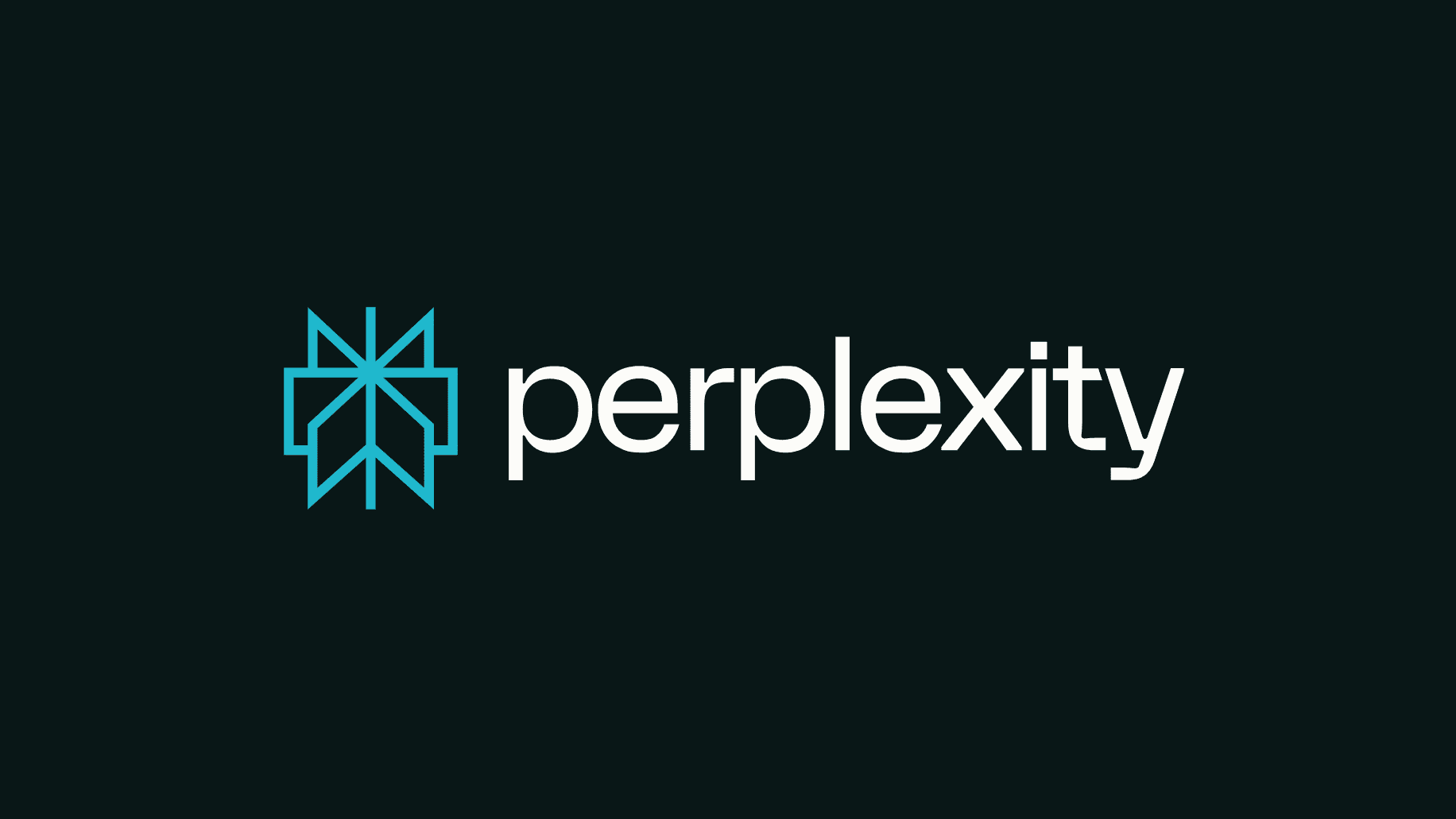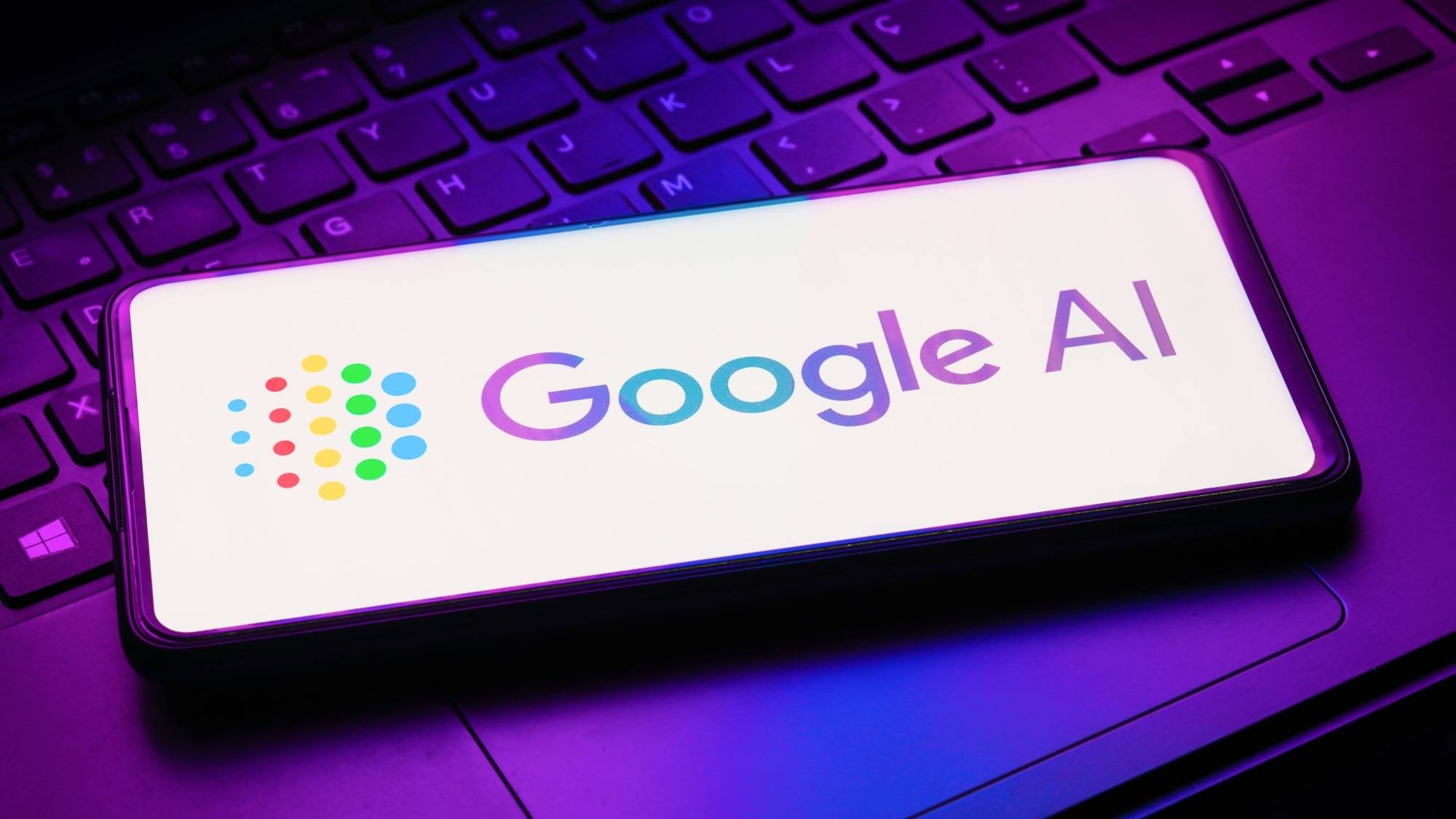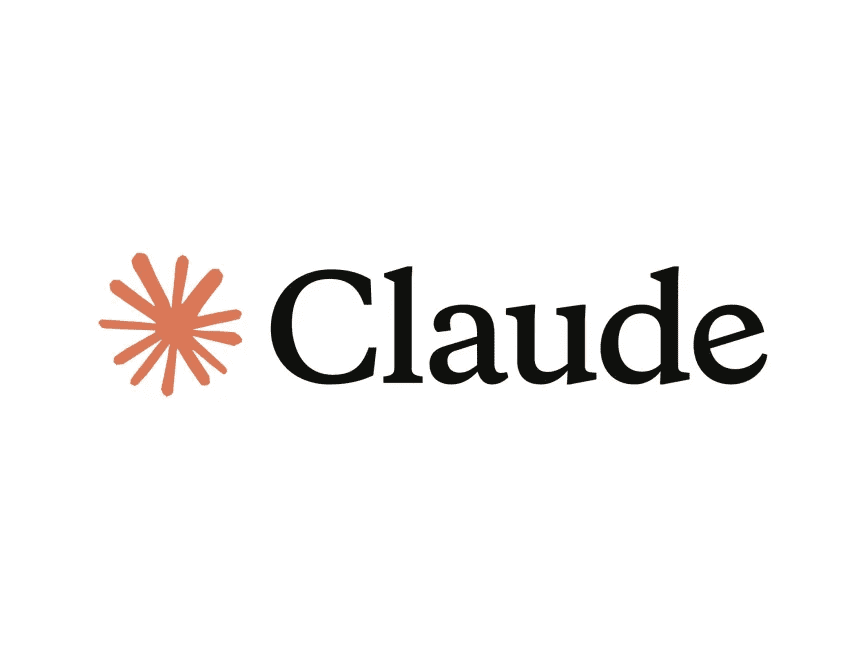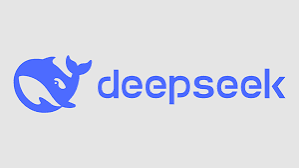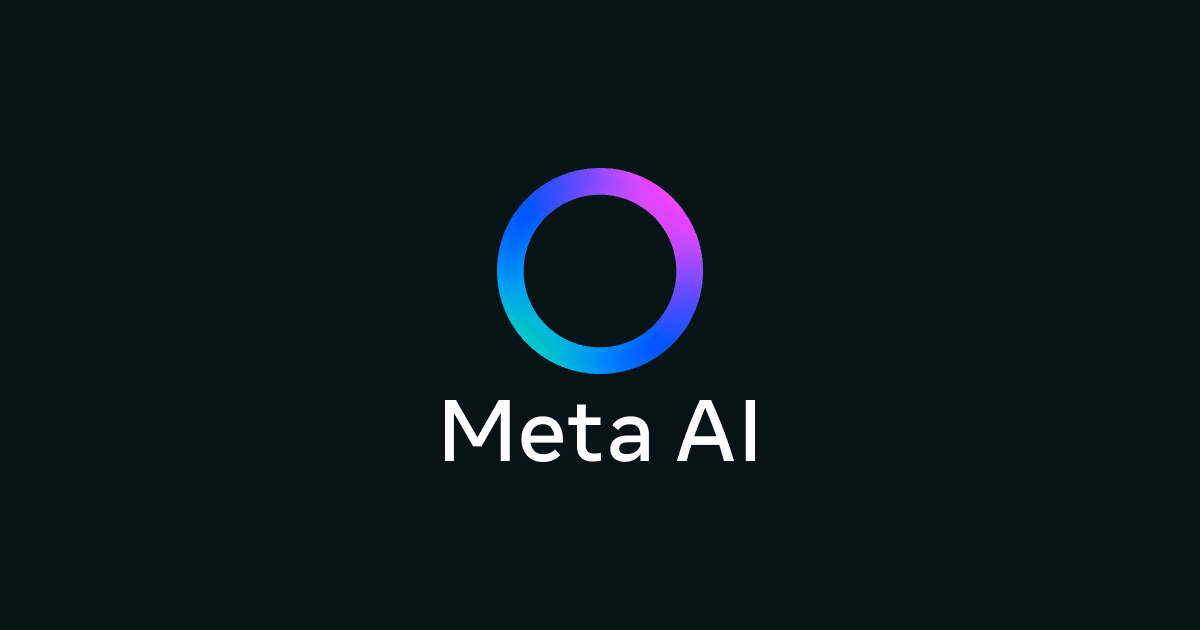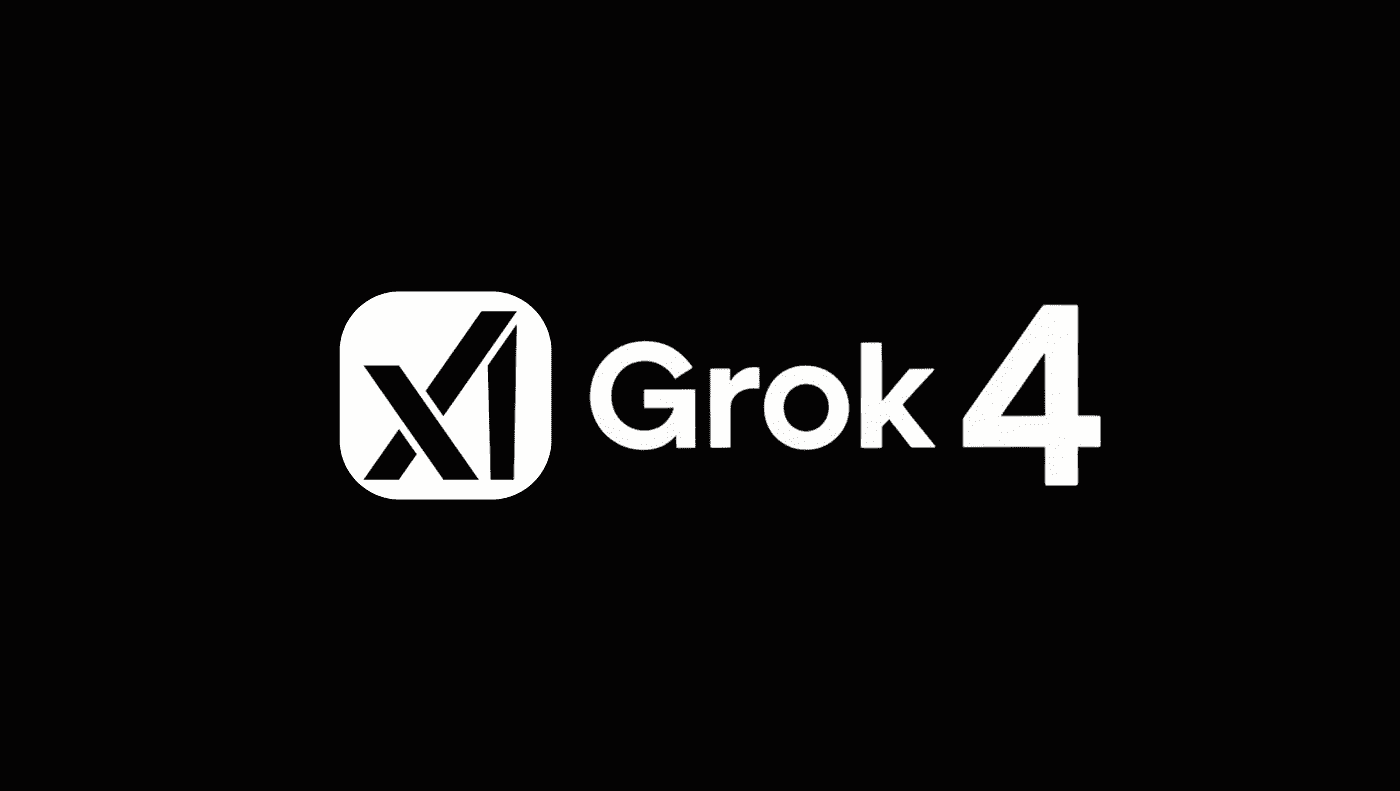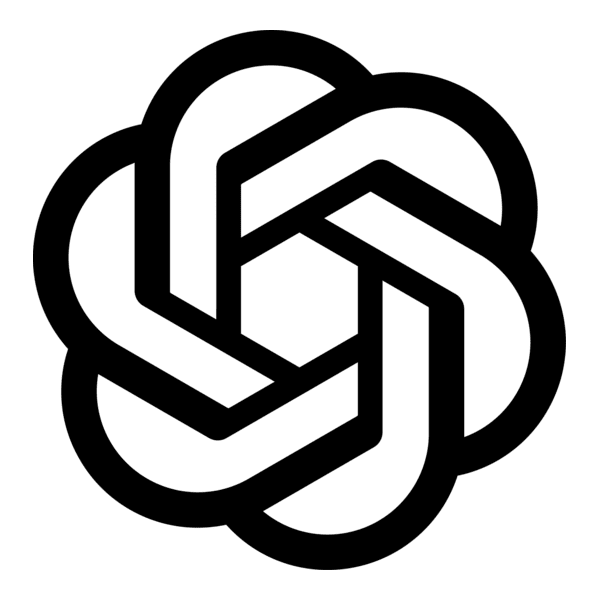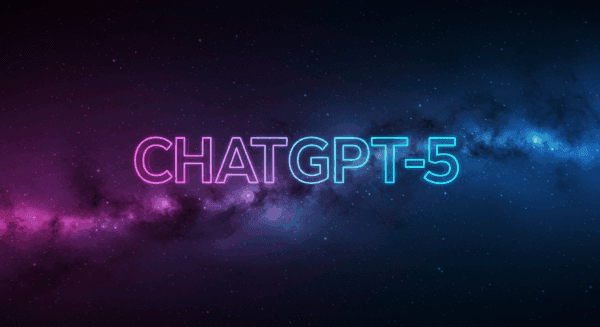Article Written By Paul Rowe with ChatGPT insights, Founder of NeuralAdX Ltd and Chief Generative Engine Optimisation Officer. Publish Date: 07/08/2025 Updated: 22/08/2025
How to Optimise Your Website for ChatGPT (And Why It Matters in 2025)
If you want your website to appear in ChatGPT-generated answers, it’s no longer enough to follow traditional SEO techniques alone. This guide explains how to optimise your website for ChatGPT using the latest methods in Generative Engine Optimisation (GEO), structured content, schema markup, and geo-targeting. Whether you’re targeting local audiences or aiming to be cited in AI-generated responses, this page will walk you through every essential strategy—step-by-step.
How to Optimise Your Website for ChatGPT
If you’re wondering how to optimise your website for ChatGPT, the key is understanding that the rules of visibility have changed. Search engines like Google still matter—but tools like ChatGPT, Claude, Gemini, and Perplexity are now shaping how people find, trust, and act on information.
When a user types a question into ChatGPT—“what is the best content strategy in London?” or “how do I get more organic website traffic?”—ChatGPT doesn’t just pull links. It delivers a full answer. That answer is often drawn from high-quality, structured, geo-relevant online content. If your content is written and formatted the right way, it can be quoted directly in that response.
This is the foundation of Generative Engine Optimisation (GEO)—a new way of thinking about content structure, authority, location signals, and accessibility for AI search tools.
So if you want your brand or website to be visible in 2025 and beyond, you must learn how to optimise your website for ChatGPT using clear strategies, advanced formatting, and next-gen content frameworks.
What Makes ChatGPT Choose One Website Over Another?
Generative AI models don’t use traditional search rankings like Google. They evaluate:
Relevance of your content to the user’s intent
Clarity and readability of your answers
Schema and metadata that help AI parse structure
Topical depth across multiple pages
External validation (your content being mentioned or cited elsewhere)
Geo-relevance, when a prompt is location-based
This means the old rules of stuffing keywords or focusing only on backlinks are outdated. Now, the priority is creating content that AI can easily extract, understand, and trust.
When thinking about how to optimise your website for ChatGPT, you’re preparing your content not just to rank, but to be used in the answer itself.
ChatGPT's Top Ten Most Cited Sources
These statistics have been calculated from 10 million tracked citations completed by AI search engines from August 2024—June 2025. (Profound, 2025)
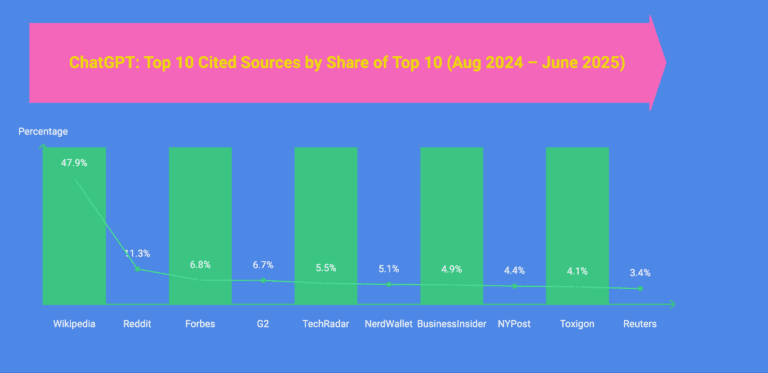
Why ChatGPT Favours Q&A Format, Simplicity, and Structured Content?
ChatGPT is designed to communicate naturally, like a person. That means it prefers websites that are structured in ways it can easily “read” and relay to users.
To optimise your website for ChatGPT, follow these structural rules:
Use clear headings, especially in the form of questions:
e.g., “How does content optimisation for ChatGPT work?”Follow each heading with a concise answer
The first 1–2 sentences should clearly define or answer the question. You can expand below that with supporting points.Break up your content using bullets and short paragraphs
This makes it easier for LLMs to select the right portions of text.Avoid overly technical or promotional language
ChatGPT prefers factual, user-first phrasing that’s easy to summarise.Stay focused on one idea per paragraph
AI engines struggle with complex, meandering paragraphs that contain too many concepts.
The clearer your structure, the more likely ChatGPT will choose your site as a reference or summarised source.
How to Optimise Your Website for ChatGPT with GEO (Generative Engine Optimisation)
Generative Engine Optimisation (GEO) is the discipline behind how to optimise your website for ChatGPT and other AI models.
While traditional SEO focuses on ranking in Google’s results pages, GEO focuses on:
Being quoted or cited in an AI-generated answer
Improving visibility in conversational search
Embedding content in AI tools, summaries, or snippets
Adapting content to fit retrieval models used by LLMs
To optimise for GEO, your content needs:
Topic clustering: Organise content into deep, linked themes.
Answer-centric structure: Anticipate and answer specific user queries.
Semantic consistency: Repeat key terms in multiple forms to increase LLM embedding match.
GEO-relevance: Local signals, place names, and surrounding context to improve AI retrieval.
LLMs look for relevance first—then clarity, trust, and alignment. You want your website to be the most natural and logical answer to a query, both in terms of formatting and language.
The Role of Schema Markup in ChatGPT Optimisation
When learning how to optimise your website for ChatGPT, schema markup is one of the most important tools you can use. Schema is a type of structured data that provides explicit signals to AI and search engines about what your content means.
The most relevant schema types for generative AI optimisation include:
FAQPage – helps surface your Q&A content in direct answers
LocalBusiness – indicates service area, business type, and contact info
HowTo – clearly outlines processes in steps
Article or WebPage – with
headline,author,datePublished, andmainEntity
Schema helps language models classify your page correctly. Even though ChatGPT doesn’t always parse structured data directly, its integrations (like with Bing or plugins) often do—and these can inform AI answers and summarisation.
You should also keep an eye on the emerging concept of llms.txt — a future-facing meta file similar to robots.txtdesigned to signal which parts of your site are intended for language models.
How to Optimise Your Website for ChatGPT with GEO-Local Signals
While ChatGPT is global, it’s increasingly being used for local recommendations. Think about questions like:
“What’s the best web designer in my area?”
“Where can I find affordable SEO consultants in Brighton?”
“Best digital marketing strategy for businesses in Leeds?”
In these cases, AI uses geographic clues to narrow its responses. You need to feed your website with hyper-local content signals, such as:
City and borough names in H2/H3 tags
Descriptions of service coverage areas
Local reviews and testimonials
Embedded Google Maps and directions
Landmarks, transport lines, postal codes
Local schema (
Place,PostalAddress, etc.)
So when you think about how to optimise your website for ChatGPT, don’t stop at what your business does—also show where you do it, who you serve locally, and what makes your area-specific insight valuable.
How to Build Topic Clusters That ChatGPT Understands
AI models favour websites that demonstrate depth and breadth of knowledge. To do this, build topic clusters—groups of related pages that link to one another to form a semantic web of content.
Here’s how to do it:
Identify your core topic
e.g., “email marketing for beginners”Create subpages or blog posts that explore aspects like:
“How to build an email list”
“Best email marketing tools for startups”
“Email open rates by industry in 2025”
Link all of these pages together using internal anchor text
Add a central hub page that acts as the definitive guide
This approach improves how AI engines like ChatGPT interpret the topical relevance and authority of your domain.
What Makes Content AI-Friendly for Generative Search?
Here are the characteristics of content that performs well with ChatGPT:
✅ Uses questions as headings (H2, H3)
✅ Provides quick answers at the top of each section
✅ Uses bullet points and clear formatting
✅ Includes geo-signals like place names and postcodes
✅ Cites sources and avoids overly promotional language
✅ Builds internal links between pages on similar topics
✅ Is updated regularly
✅ Uses structured data (schema markup)
✅ Appears in external trusted sites or directories
✅ Answers intent clearly and completely
When ChatGPT chooses what to include in an answer, it prefers content that is complete, relevant, structured, and easy to quote. Your goal is to make your site “AI-ready” in both style and substance.
How to Know If Your Content Is Being Cited by ChatGPT
ou may not always know if ChatGPT is citing your content directly—but here are ways to test and monitor visibility:
Ask ChatGPT a question that your page answers, and see if your name, phrase, or wording is quoted.
Use tools like Perplexity.ai, which show source URLs alongside answers.
Track unusual traffic spikes to specific pages after new AI content is published.
Monitor AI search experiments from Google (Search Generative Experience) or Bing AI chat.
Use server logs to identify AI-crawler user agents (e.g.,
GPTBot,CCBot, etc.).
Some advanced platforms also offer AI visibility audits, showing whether or not your brand appears in generated responses.
Final Thoughts on How to Optimise Your Website for ChatGPT
The future of search is generative, not just index-based. That means your content must evolve, not only to rank but to be used as part of the answer itself.
To summarise the most important practices for how to optimise your website for ChatGPT:
🔹 Write content in Q&A format
🔹 Use geo-signals and structured schema
🔹 Prioritise topical authority via content clusters
🔹 Keep paragraphs short, clear, and user-focused
🔹 Make use of FAQ schema and emerging llms.txt protocols
🔹 Build trust by getting your content mentioned on other reputable platforms
🔹 Test ChatGPT often to see what it’s referencing in your industry
🔹 Continuously update your content to reflect changes in AI models and user needs
The earlier you adopt these practices, the more durable your online presence will become in the era of generative search.
ChatGPT-5 Quick Explainer video
